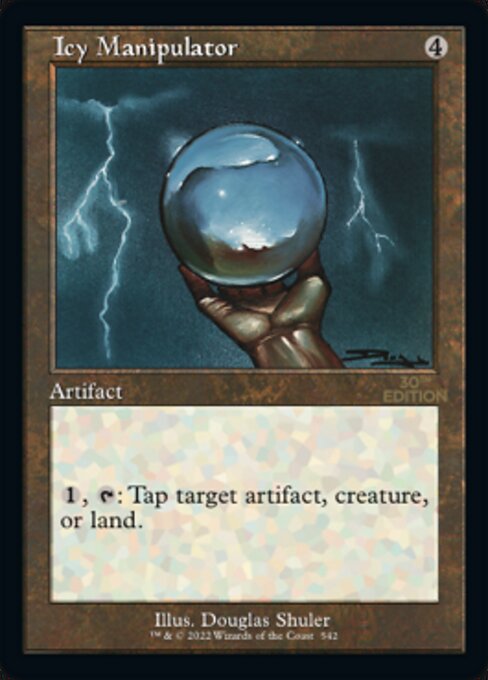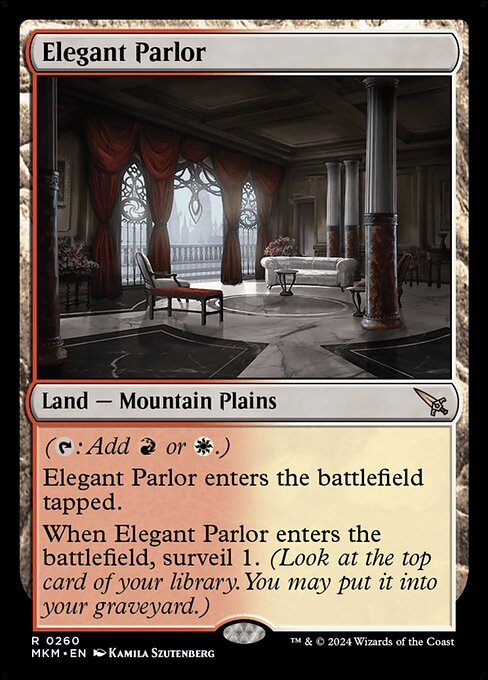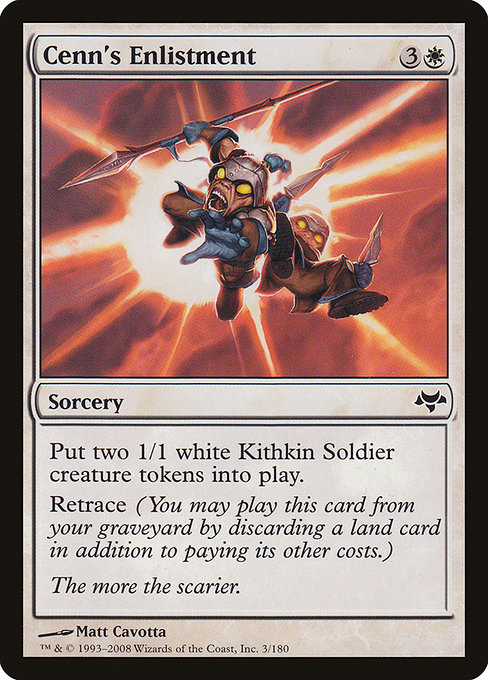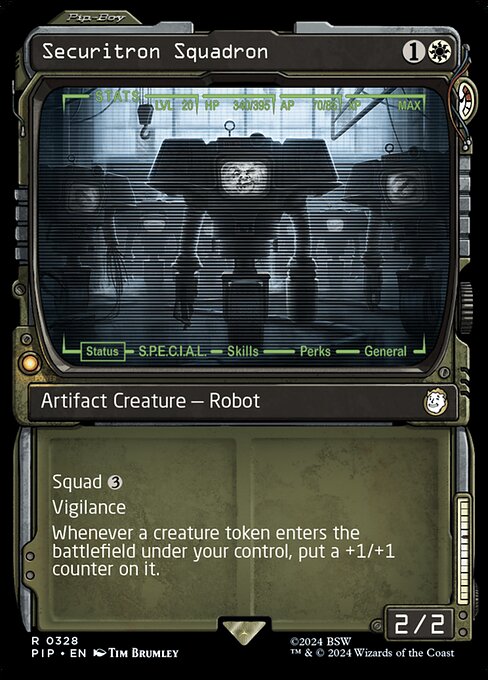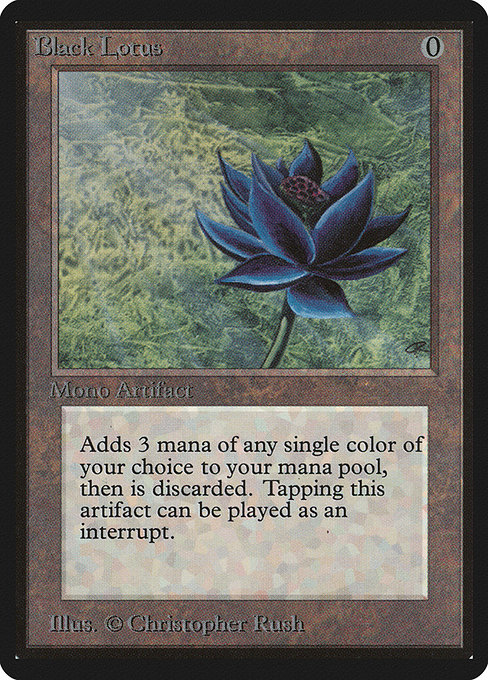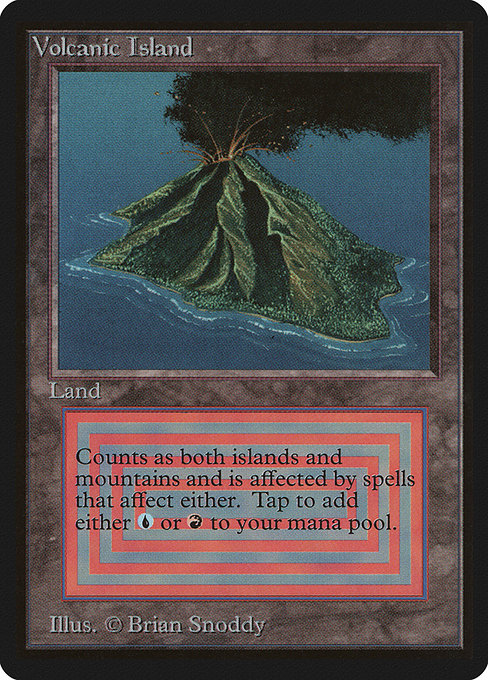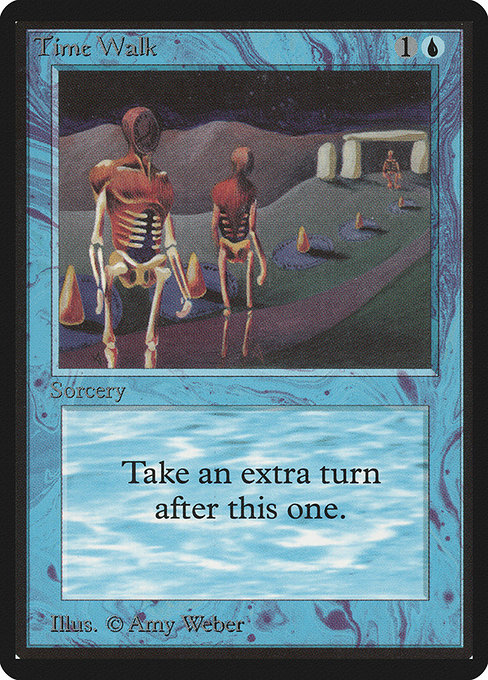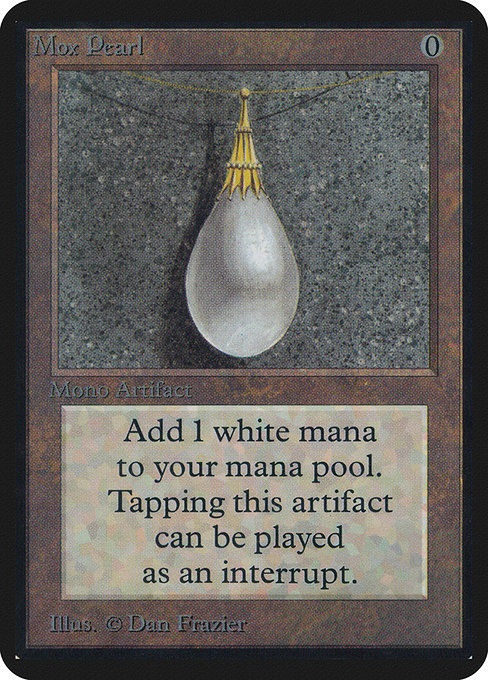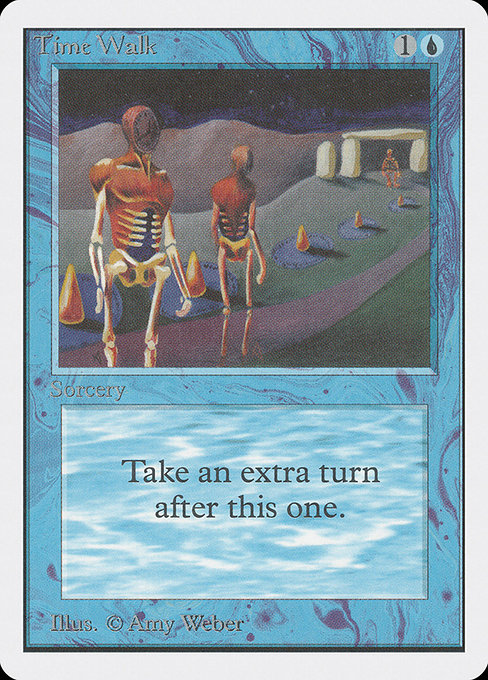
Time Walk

Recent Analyses
Full Analysis
Generated on 2025-06-27T22:10:23.016538The Iconic Time Walk: A Comprehensive Review
Introduction
Time Walk, a sorcery card in Magic: The Gathering, has been a cornerstone of competitive decklists for decades. Its ability to grant an extra turn to the player who casts it is a staple of blue decks and a game-changer in many formats. This review will delve into the intricacies of Time Walk's mechanics, interactions, and strategic uses, as well as its historical context and impact on the Magic community.
Detailed Card Mechanics and Interactions
Time Walk's effect is straightforward: it allows the player to take an extra turn after their current one. The text on the card clearly indicates this effect, with no additional clauses or caveats. However, there are some important interactions and implications worth noting.
When Time Walk resolves, its effect triggers immediately, allowing the player to gain an entire turn's worth of actions. This can have significant impact on the game state, as it effectively allows the player to double their tempo and pressure their opponent with more aggressive plays. The extra turn also grants the player access to additional resources, such as cards drawn from their library or spells cast.
One key aspect of Time Walk is its interaction with other effects that generate turns or create temporal loops. For example, if a player casts Time Walk while also controlling cards like Ancestral Recall or Brainstorm, they may be able to generate multiple extra turns in quick succession. However, this can lead to unintended consequences and overcounts, so players must carefully consider the interplay between these effects.
Strategic Uses, Combos, and Synergies
Time Walk is an extremely versatile card that can fit into a wide range of deck archetypes. Its strategic uses are numerous and varied:
Combo Pieces
As mentioned earlier, Time Walk pairs particularly well with cards like Ancestral Recall or Brainstorm, which generate extra turns or create temporal loops. By combining these effects, players can achieve an almost exponential increase in tempo and pressure their opponents with unrelenting aggression.
In combo decks, Time Walk serves as a crucial component of the engine, allowing players to accelerate their game plan and disrupt their opponent's plans. The combination of Time Walk and Ancestral Recall or Brainstorm is particularly potent, enabling players to generate multiple extra turns in quick succession.
Spike Cards
In more aggressive decks, Time Walk serves as a powerful "spike" card that can be played to devastating effect when the opponent is least expecting it. By taking an extra turn, the player gains a crucial advantage in terms of tempo and resources, allowing them to play more complex and aggressive spells.
Time Walk's ability to disrupt the opponent's plans and accelerate the game plan makes it an excellent addition to aggressive decks. Its versatility allows it to fit into various blue aggro archetypes, from Mono-Blue Burn to Esper Aggro.
Game-Winning Plays
In certain situations, Time Walk can be used as a game-winning play by generating multiple turns or creating an unstoppable pressure wave. For example, if a player is facing a strong opponent with a large life total, they may choose to play Time Walk as a last-ditch effort to take the win.
Time Walk's ability to generate multiple extra turns makes it an excellent option for players who are struggling to gain ground in a match. By taking advantage of its game-winning potential, players can turn the tide of battle and secure victory.
Mid-Game Acceleration
In more controlling decks, Time Walk can serve as a mid-game acceleration tool, allowing players to jumpstart their engine and generate cards quickly. This is particularly useful in formats like Legacy or Modern, where the opponent's life total is high, and every card counts.
Time Walk's ability to accelerate the game plan makes it an excellent addition to controlling decks that seek to disrupt their opponent's tempo and establish a strong board presence.
Deckbuilding Roles and Archetypes
Time Walk is an extremely flexible card that can fit into a wide range of deck archetypes. Its versatility makes it an excellent addition to various blue decks, including:
Blue Aggro Decks
As mentioned earlier, Time Walk serves as a powerful "spike" card in aggressive blue decks, allowing players to take an extra turn and generate pressure with unrelenting aggression.
In Mono-Blue Burn or Esper Aggro decks, Time Walk is a crucial component of the engine, enabling players to accelerate their game plan and disrupt their opponent's plans. Its ability to generate multiple extra turns makes it an excellent addition to these archetypes.
Combo Decks
Time Walk pairs particularly well with combo pieces like Ancestral Recall or Brainstorm, which generate extra turns or create temporal loops. By combining these effects, players can achieve an almost exponential increase in tempo and pressure their opponents with unrelenting aggression.
In combo decks, Time Walk serves as a crucial component of the engine, allowing players to accelerate their game plan and disrupt their opponent's plans. The combination of Time Walk and Ancestral Recall or Brainstorm is particularly potent, enabling players to generate multiple extra turns in quick succession.
Control Decks
In more controlling decks, Time Walk can serve as a mid-game acceleration tool, allowing players to jumpstart their engine and generate cards quickly. This is particularly useful in formats like Legacy or Modern, where the opponent's life total is high, and every card counts.
Time Walk's ability to accelerate the game plan makes it an excellent addition to controlling decks that seek to disrupt their opponent's tempo and establish a strong board presence.
Format Viability and Competitive Context
Time Walk has been a staple in competitive Magic: The Gathering for decades, and its impact continues to be felt across various formats. Here are some key points regarding its format viability:
Legacy
Time Walk is a clear winner in Legacy, where it has been a mainstay of blue decks for years. Its ability to generate multiple extra turns makes it an excellent addition to combo and controlling archetypes.
Modern
While less popular than in Legacy, Time Walk still sees play in Modern due to its versatility and impact on the game state. Its ability to disrupt the opponent's plans and accelerate the game plan makes it an excellent addition to aggressive and combo decks.
Commander
In Commander, Time Walk serves as an excellent addition to control-oriented decks that seek to disrupt their opponents' tempo. Its ability to generate multiple extra turns makes it a valuable asset in this format, where life totals are typically high.
Rules Interactions and Technical Notes
Here are some important rules interactions and technical notes worth noting:
Timing
As mentioned earlier, Time Walk's effect triggers immediately after its resolution, allowing the player to gain an entire turn's worth of actions. This can have significant impact on the game state, as it effectively allows the player to double their tempo and pressure their opponent with more aggressive plays.
Turn Count
The player who casts Time Walk will take their extra turn after their current one, not at the same time as their opponent.
Mana Payments
Time Walk does not generate mana for the player, so they must still pay any additional mana costs to cast spells during their extra turn.
Art, Flavor, and Historical Context
Time Walk's art has undergone significant changes throughout its history. The current version features a hauntingly beautiful image of a woman reaching out into the past. The card's flavor text is often cryptic and open to interpretation, but it generally reflects the theme of time manipulation and control.
From a historical context, Time Walk was first introduced in the 1990s as part of the Alpha set. Since then, it has undergone several reprints and revisions, including a notable appearance in the popular "Urza's Saga" block.
Conclusion
Time Walk remains one of the most iconic and influential cards in Magic: The Gathering's history. Its versatility, impact on the game state, and strategic uses make it a powerful addition to any deck that seeks to disrupt their opponent's tempo or generate aggressive pressure. Whether played as part of an aggressive combo piece or used as a mid-game acceleration tool, Time Walk is a card that continues to fascinate players and define the blue deck archetype.
In conclusion, Time Walk is a card that has stood the test of time, adapting to various formats and evolving with the game's metagame. Its enduring popularity and versatility make it an essential component of any competitive Magic: The Gathering deck.
